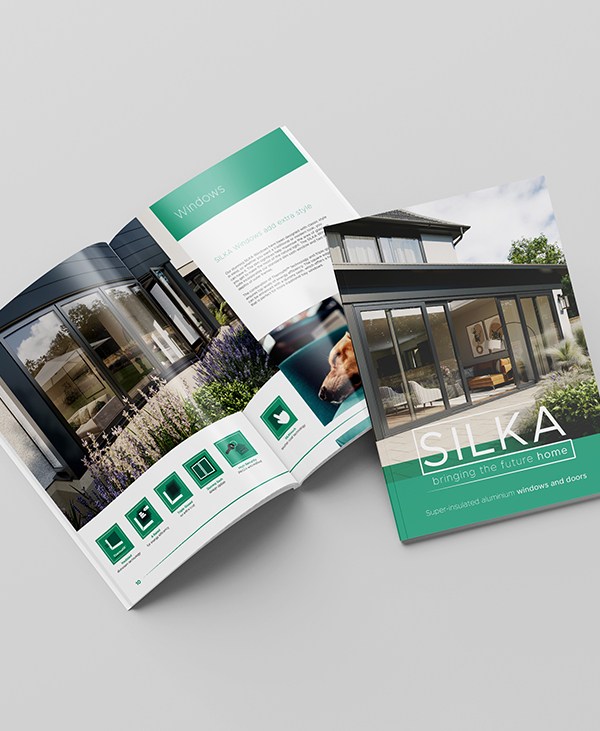
We’ve all seen it happen; a brand faces a crisis and, unable to respond effectively, its reputation crumbles. Whether due to a product recall, social media backlash, or a public relations misstep, these situations demonstrate how a brand handles a crisis can have a lasting impact on its reputation.
Waiting until disaster strikes to develop a crisis communications strategy is a risk too great to take. A well-prepared strategy is important to navigate challenging times with minimal damage, ensuring your brand’s resilience in the face of adversity. Here’s a guide to the key components of a robust crisis communications plan, with practical tips to safeguard your brand’s image when it matters most.
Why a crisis communication strategy is important communication
Crises often strike without warning and escalate rapidly. In our digital world, news can spread faster than ever, and a delayed or poorly managed response can fuel the flames rather than extinguish them.
A strong crisis communications strategy is crucial to protect your brand’s reputation, offering a timely, consistent, and effective response that maintains trust with your audience. Clear messaging can minimise damage, prevent misinformation, and demonstrate leadership, reinforcing your brand’s values and commitment to transparency.
Key components of an effective crisis management strategy
- Create a team responsible for handling crises, including senior executives, PR specialists, legal advisors, and customer service representatives. Assign specific roles, such as a spokesperson or media liaison officer, to ensure smooth operations during a crisis.
- Identify potential risks that could impact your brand, such as data breaches, legal issues, or negative publicity. Develop scenarios and tailored responses for each identified risk.
- Define a decision-making hierarchy to avoid confusion. Create a checklist of immediate actions, such as drafting holding statements and notifying stakeholders, to ensure an organised and swift response.
- Consistency is key during a crisis. Develop templates for press releases, social media updates, and internal communications that align with your brand’s tone, values, and commitment to transparency.
- Track social media mentions and news coverage to gauge public sentiment and detect emerging crises early. Monitoring tools provide invaluable insights that allow you to respond proactively.
- Once the crisis has subsided, conduct a thorough review of your response. Identify strengths and areas for improvement, updating your crisis communication strategy to ensure it remains robust and effective.
Safeguarding your brand’s reputation
During a crisis, your brand’s reputation can be on the line. Without proper planning, the damage can be irreparable. A solid crisis communications strategy prioritises stakeholder trust by addressing the concerns of customers, employees and partners with transparency and empathy.
To safeguard your reputation, it’s important to control the narrative. Proactively share accurate, timely updates to prevent media outlets or social media speculation from dominating the conversation. Clear, consistent communication helps shape public perception, reducing the spread of misinformation.
It is said that what doesn’t kill us makes us stronger, and this is also the case with a crisis. You could turn challenges into opportunities and use the crisis as a chance to demonstrate your resilience, innovation or commitment to improvement.
Be prepared with B2M
While it’s impossible to predict every crisis, you can still be prepared. By handling challenges effectively, you can emerge stronger, with a reputation for transparency and integrity.At B2M, we’re experts in creating and executing effective crisis communication strategies that protect and strengthen brands in the toughest of times.
















